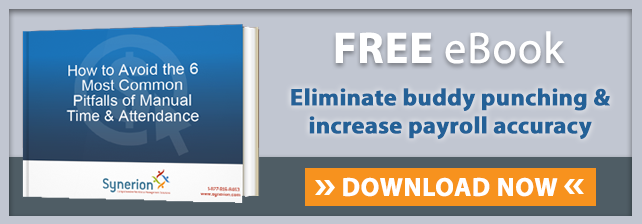 Even as the economy recovers, the mantra of “Do More With Less” continues to be uttered in every board and staff meeting. To excel in today’s market, companies need to use supplies more effectively, optimize sales, and ensure that personnel are competent and productive.
Even as the economy recovers, the mantra of “Do More With Less” continues to be uttered in every board and staff meeting. To excel in today’s market, companies need to use supplies more effectively, optimize sales, and ensure that personnel are competent and productive.
Making the most of your labour force can help propel your business towards success. Use these strategies to allocate your labour force efficiently and effortlessly.
Prepare In Advance
Despite cultivating a consistent workload, companies will often still have slow and busy seasons depending on the industry. Retail sectors will inevitably become busier prior to school and Christmas while healthcare settings see their peaks around flu season.
One way to allocate your labour force more effectively is to plan for these variances in workload. When workload is slow, it’s a great time to have employees perform annual maintenance or cleaning on equipment or revise and update your company policies. Some industries may even be able to reduce the work during busy times by planning ahead and having the preparation done when workload is lower. Take a look at your annual productivity and plan according to that annual forecast rather than a monthly snapshot.
Cross Train Your Workforce
How many jobs can your employees perform? If your response is just one, you may have an opportunity to optimize your labour force by cross training employees. Cross training allows productivity to stay consistent regardless of sick employees, vacation, or employees leaving the company.
When one department is short-staffed or busy, a cross-trained staff allows another department to pitch in and offer aid. Cross training also makes your business bullet-proof to losing “indispensable” employees. When employees have support in the form of employees trained in their position, it creates a healthier workplace. Employees are no longer afraid to use vacation days or stressed about returning to work after an absence. If you want to better allocate your labour force, cross training is a great place to start.
Use Data To Your Advantage
If you’re using workforce management software, you should be compiling a large amount of data that creates a picture of how your business runs. It’s not enough though to just have that data, you need to use it to allocate your labour force and your resources more effectively. Business forecasting is using that data to plan for the future of your organization. It can help identify where personnel are needed and where personnel aren’t being utilized to their full potential.
Creating standards and trackable data points for each position allows managers to identify low performing employees for retraining and high performing employees to determine how they are able to perform so far above standards. Applying business forecasting and data gathered by your workforce management software will allow you to better use your labour force.
Prepare a Training Program
Let’s face it: Not all employees are great trainers. For every employee that thoroughly embraces training and excels at identifying the best way to ensure a new employee is competent, there are five employees who simply don’t have the time, inclination, or knowledge to do an effective job.
One of the best ways to gain the most from your personnel is to create a strong training program. Not only can a training program allow new employees to be more thoroughly prepared for their role in less time but it can also help current employees be cross trained more quickly and without disruption. A training program can often be implemented through your workforce management software and allows employers to create training webinars and quizzes to ensure competency with minimal disruption to
